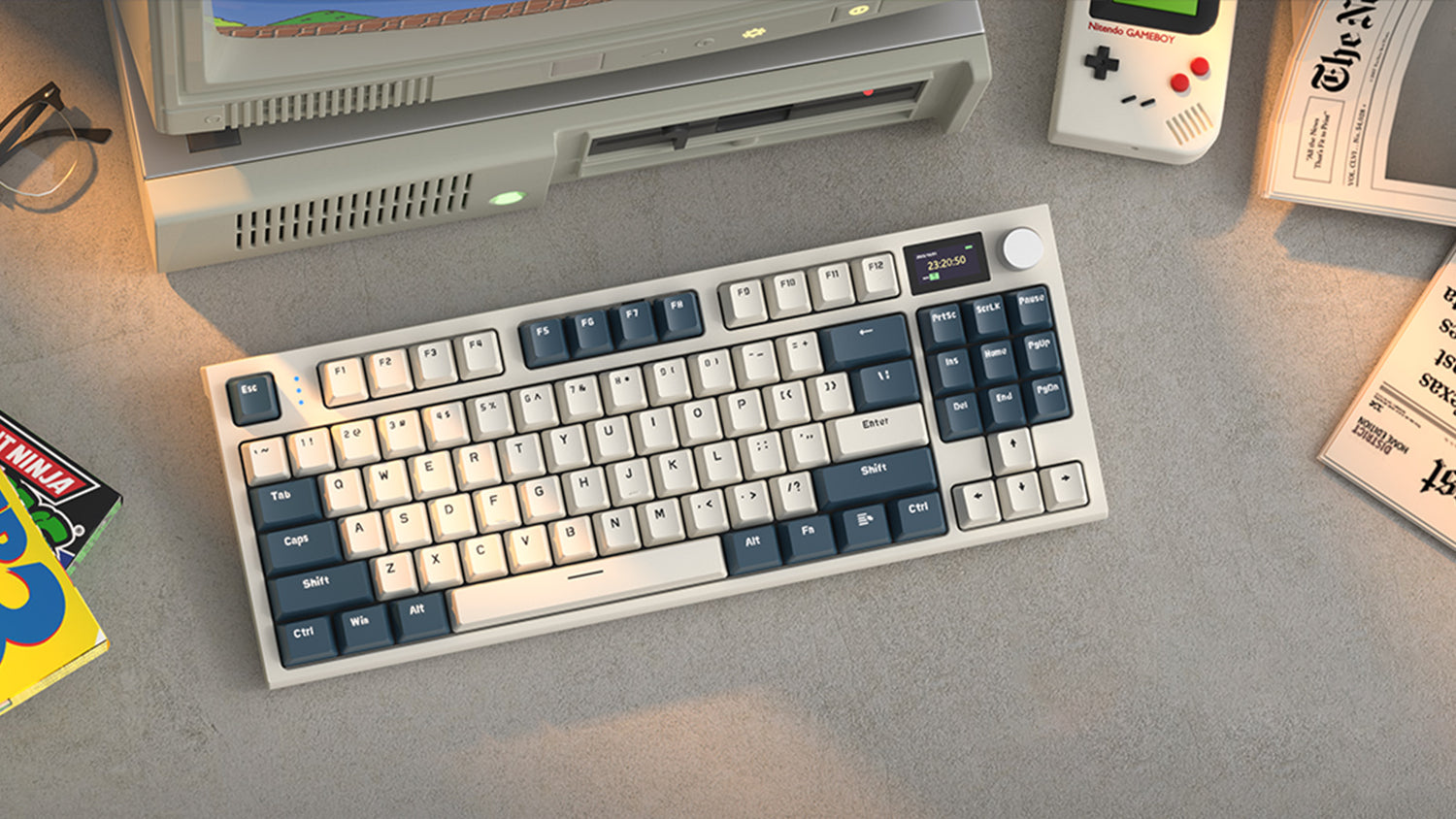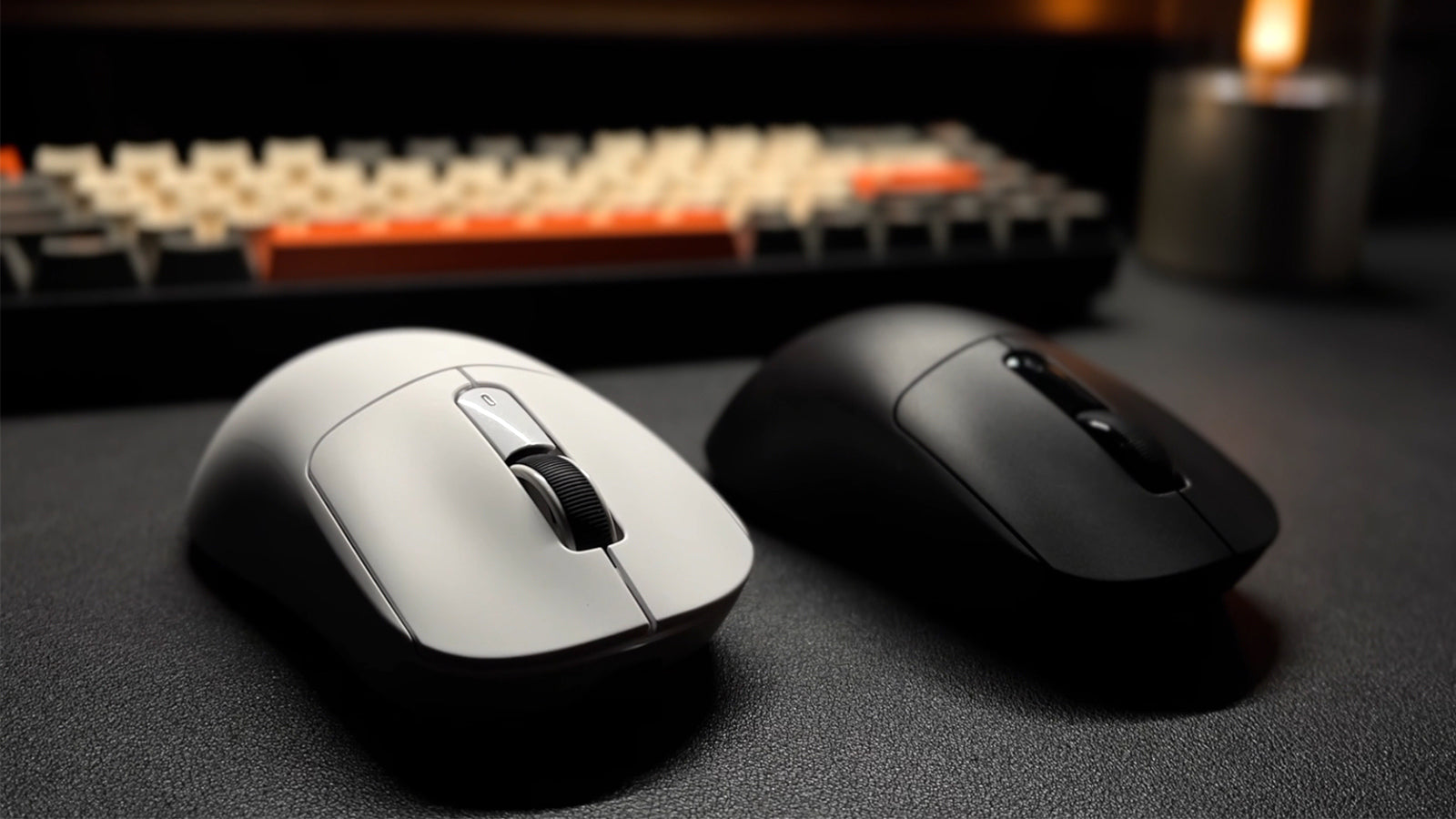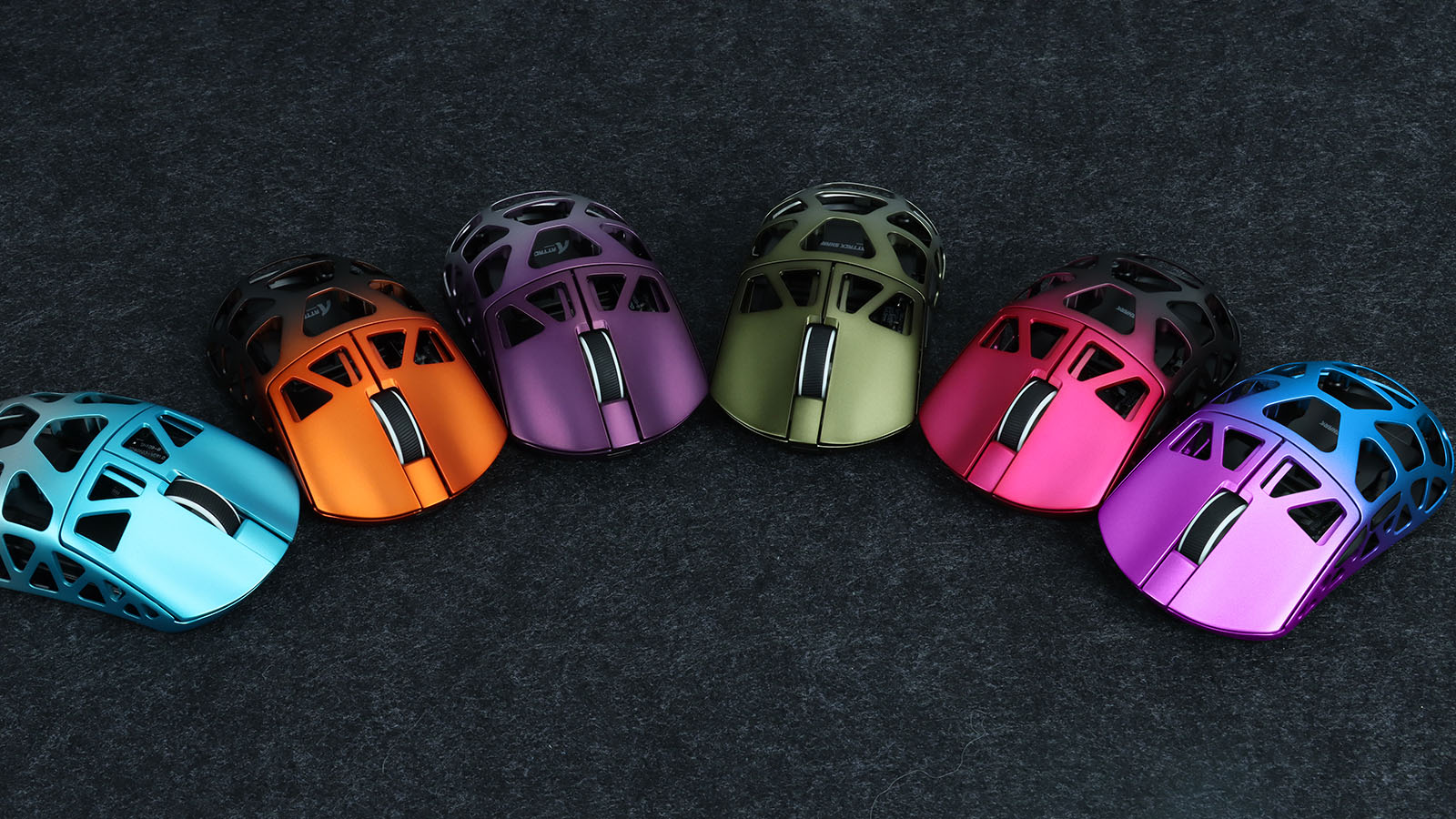As one kind of computer peripherals, wireless mechanical keyboards have become a topic of hot debate. Are they merely a flash in the pan, embraced by enthusiasts without offering real benefits, or do they represent a significant leap forward in typing technology? This article aims to dissect the hype and lay bare the true merits and drawbacks of cutting the cord on your keystrokes. As we talk about the mechanics of wireless operation, power management, and the freedom afforded by untethered typing, we'll also equip you with all you need to decide if a wireless mechanical keyboard deserves a place on your desk. Whether you are a seasoned typist or a curious newcomer, read this to navigate the evolving landscape of keyboard technology and conclude whether it's a passing trend or an indispensable tool in our digital age.

The Essentials of Wireless Mechanical Keyboards
What Exactly Are Wireless Mechanical Keyboards?
Wireless mechanical keyboards are the cordless variant of the beloved mechanical keyboard, known for its individual switches beneath each key. Unlike their wired relatives, these devices communicate with your computer through wireless technology-cutting physical ties and offering a new level of freedom in how and where you use them.
The Tech Behind the Wireless Connection
Today's wireless mechanical keyboards primarily use two types of technologies to connect to your devices:
- Bluetooth: A standard wire-free method that pairs with multiple devices, Bluetooth is widely used for its versatility and compatibility with a broad range of gadgets, from computers to tablets.
- RF (Radio Frequency) Wireless: Often coming with a dedicated USB dongle, RF wireless keyboards boast a robust connection typically preferred in gaming due to their lower latency.
Longevity on a Single Charge: Battery Life and Power Management
One of the most crucial features of a wireless mechanical keyboard is its battery life. These keyboards are designed to last days or even weeks on a single charge or set of batteries, thanks to their power-efficient switches and energy-saving modes. Advanced models include features like auto-sleep and power toggle switches, ensuring you're not left high and dry in the middle of an important task.

The Upside of Going Wireless
- Portability and Flexibility at Your Fingertips: The freedom to move your keyboard without the constraints of cables is one of the standout benefits of a wireless mechanical keyboard. Whether you're working from a cafe, moving between meeting rooms, or just enjoying rearranging your workspace, the portability factor is a significant plus. This flexibility allows for a more dynamic workflow, adapting to wherever your work-or play-takes you.
- Get A Neater Desk: A clutter-free space is not only visually appealing but can also enhance productivity by reducing distractions. Wireless mechanical keyboards contribute to a minimalist workspace by eradicating unsightly cables. For those who value tidiness and an uncluttered environment, going wireless is a clear step in the right direction.
- Pair Once, Type Everywhere: In an era where we're often juggling tasks across multiple devices, the ability to connect your keyboard to various platforms is invaluable. Many wireless mechanical keyboards are capable of remembering multiple devices, making it effortless to switch from typing on your desktop to sending a text on your smartphone or tablet. This multipurpose functionality consolidates your tech arsenal and simplifies your digital interactions.
Weighing the Wireless Trade-Offs
Is There a Delay?
A common concern with wireless keyboards is the dreaded latency, which is the delay between key press and action. While early wireless models may have struggled to keep pace, modern wireless mechanical keyboards have narrowed this gap significantly. High-quality keyboards now boast latency so low that most users won't notice a difference. For the average typist or office worker, this is a non-issue. However, hardcore gamers or professionals who are performing time-sensitive tasks should look for models with proven performance benchmarks.
How to Manage Battery Life
Freedom from wires does come with the responsibility of keeping your keyboard charged. The good news is that many wireless mechanical keyboards use batteries that can last weeks or even months, depending on usage patterns and backlit features. Some even offer rechargeable options or solar charging. Still, it's important to develop the habit of checking your power levels or setting a charging routine to avoid unexpected disconnections.
Compatibility Checks
Not all wireless mechanical keyboards are created equal, especially when it comes to compatibility across different devices and operating systems. Before purchasing, verify that the keyboard supports your device, whether it's a Windows PC, Mac, Linux machine, or mobile device. Additionally, consider any specific software you might need to customize keyboard settings to ensure it's compatible with your system.

Choosing Your Wireless Mechanical Keyboard Wisely
Assessing the Reach: Wireless Range and Signal Strength
One of the first considerations should be the keyboard's wireless range. A strong, stable connection is crucial, especially if you plan to use your keyboard some distance away from the receiver. Look for keyboards with a substantial range (typically around 10 meters or 30 feet), but remember that walls and other obstacles can impact signal strength. RF keyboards with dedicated dongles usually offer the most robust connection, so they might be preferable if you're setting up a remote workstation.
The Feel of the Keys: Keyboard Layout, Keycaps and Switches
The layout and build of the keyboard affect not only comfort but also efficiency.
Do you need a full-sized layout with a numpad, or is a more compact tenkeyless design suitable for you? The main keyboard layouts are ANSI and ISO layout. They can also be divided into these aspects:
- By country: US layout, UK layout, German layout, French layout, Spanish layout, Italian layout, etc.
- By keys: QWERTY layout, QWERTZ layout, AZERTY layout, etc.
- By the number of keys: 60% keyboard, 65% keyboard, 75% keyboard, TKL keyboard, 80% keyboard, 96% keyboard, 100% keyboard, etc.
What about the keycaps - are they durable, comfortable, and easy to replace or customize? The main materials used for keycaps are PBT and ABS. Relatively speaking, PBT has a better feel and appearance. The height of the keycaps mainly includes OEM Profile, Cherry Profile, ASA Profile, etc.
Since mechanical keyboards offer a variety of switch types, from tactile and clicky to smooth and linear, you'll want to choose one that matches your preferred typing experience.
- Linear switch, red switch: quiet and comfortable switch.
- The clicky switch and blue switch provide a clearer tactile "click" sound for precise tactile feedback for typing and gaming.
- Tactile switch, Brown Switch.Features: Slight clicky With low noise. It is called the "universal switch". It is a hybrid between linear and Clicky switches.
Keyboards on the market basically have these three types of switches, and some custom switches are optimized based on these three types of switches.
Reading Between the Lines: Brand Reputation and User Reviews
It's wise to research brands and read user reviews before making a purchase. Look for feedback on the longevity of the keyboard, any connectivity issues, and the manufacturer's customer support quality. Community forums and tech review websites often discuss performance under real-world conditions, providing insights beyond what's available from manufacturers. Brands with good reputations are more likely to provide firmware updates and address common issues, ensuring your keyboard remains functional and up-to-date.

Cutting the Cord - Hype or Help?
Wireless mechanical keyboards blend style with substance, offering the freedom to move and a cleaner desk space. The convenience of connecting to multiple devices without fuss is a big draw for those looking to simplify their tech life. However, this freedom comes with strings attached-well, not strings exactly, but considerations like keeping an eye on battery levels and making sure your devices play nice with the keyboard.
Wireless + wired, the perfect form of mechanical keyboards.
Nowadays, mid-to-high-end keyboards are all three-mode connections, 2.4Ghz wireless, Bluetooth, USB-C wired. The three modes are perfectly matched, fully adapted to all occasions such as work and games, so you don't have to worry about power and delay issues.
So, are these keyboards just a fleeting fancy? Not at all. They're practical tools that can fit into many lifestyles, from the bustling office worker to the casual home user-as long as you're okay with occasional charging and a bit of research before buying. If a neat workspace and the ability to type anywhere matter to you, a wireless mechanical keyboard could be a smart pick. Just weigh the benefits against the small compromises to decide if cutting the cord will help or hinder your workflow. Using wireless + wired, a three-mode mechanical keyboard will be your perfect choice.





Leave a comment
This site is protected by hCaptcha and the hCaptcha Privacy Policy and Terms of Service apply.